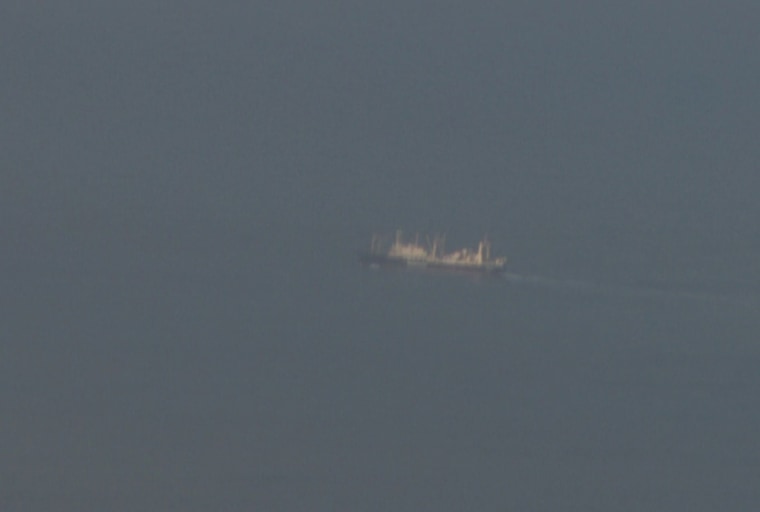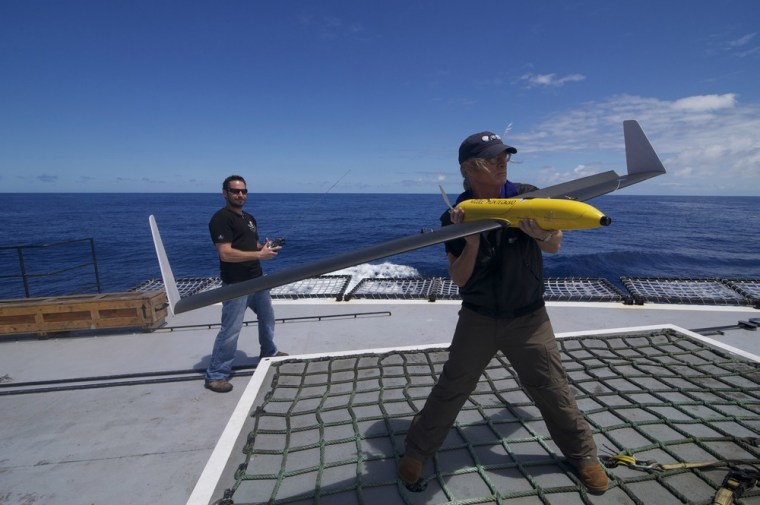Whaling opponents attempting to stop Japan's annual whale hunt in the Southern Ocean off Antarctica have deployed a new weapon: pilotless drone aircraft that have already spotted its whaling fleet.
The Sea Shepherd Conservation Society, whose campaigns are showcased on the Discovery Channel's Animal Planet, said it located the Japanese factory ship Nisshin Maru off Australia's western coast on Saturday using the drones, the first time this season it has made contact with the whalers.
Other Japanese ships shielded the vessel "to allow it to escape" as the Sea Shepherd's Steve Irwin ship approached on Christmas Day, Sea Shepherd said in a statement.
"This time, however, the Japanese tactic of tailing the Steve Irwin and the Bob Barker will not work because the drones, one on the Steve Irwin and the other on the Bob Barker, can track and follow the Nisshin Maru and can relay the positions back to the Sea Shepherd ships," the group stated.

"We caught them due west of Perth," founder Paul Watson told Reuters by satellite phone from the Steve Irwin. "For the next few days we will be chasing them. We are heading south."
On Monday, Watson posted on the group's Facebook page that "The chase is on. Three Sea Shepherd ships and seven ships for the whaling fleet all bound for the Southern Ocean Whale Sanctuary on opposite missions."
Watson earlier said that the two drones are equipped with cameras and detection equipment and allow Sea Shepherd to monitor the whaling fleet from a distance.
"Thanks to these drones, we now have an advantage we have never had before — eyes in the sky," Watson added.
Watson said Sea Shepherd's three ships were well outside Antarctic waters when the Japanese vessel was seen. The Sea Shepherd waited for the Nisshin Maru after hearing from fishermen it had sailed through the Lombok Strait in Indonesia on its voyage to Antarctic waters.
The Sea Shepherd society's annual attempts to stop the Japanese whale hunt by "direct action" have been widely criticized by Japan.
However, it also has influential supporters and the two drones were provided by two companies based in New Jersey.
An international moratorium on whaling has been in place since 1986, but Japan uses a provision that allows whaling for scientific purposes to justify its hunts and sale of whale meat to local markets.
